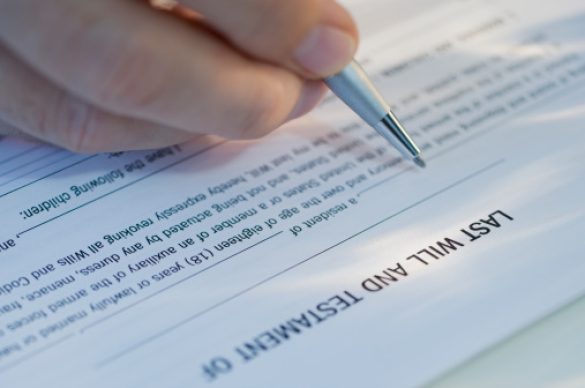
Can I Lodge A Caveat Over My Ex’s House To Protect My Interest?
You separate from your partner, and discover the property you resided in together and purchased during your relationship is registered in his sole name. Can lodging a caveat protect your interest in the property and prevent your ex from selling it?
What is a caveat?
In Western Australia, caveats may be registered against a property’s Certificate of Title to prevent certain dealings in the land. It may also notify members of the public of the caveator’s interest in the land. The individual, company or entity lodging it is called a caveator.
What does it do?
A caveat preserves and protects the rights of the caveator. It is similar to an injunction, as it restrains a person from selling, encumbering, disposing of or dealing with land.
It prohibits the caveator’s interest in the land from being defeated without notice first being given to the caveator. For instance, prior to instigating proceedings in the Family Court. A person may lodge a caveat over the former matrimonial home, even if that person is not named on the Certificate of Title – provided that person can show they have a caveatable interest in the property.
What is a caveatable interest?
Prior to lodging a caveat on a property, you must determine if you have a caveatable interest in a property. We recommend you seek legal advice from an experienced family lawyer in this respect.
By way of example, if during your relationship you contributed towards the mortgage repayments of a property, this may be sufficient to establish your caveatable interest in a property.
If you lodge without a reasonable caveatable interest, you could be liable to compensate the registered owner of the property if they suffer loss. This may arise if, for instance, the caveat hinders or delays the sale of land.
Lodging a caveat can be a simple process but it must be properly drafted. The reason for the caveat should be defined correctly and supported by evidence. If it is not, then it may not be accepted for registration. Furthermore, if it is badly drafted, it can leave the caveator unprotected which may result in their rights being diminished.
Provided a caveat sufficiently identifies the land and claims an estate or interest in it, entry on the Certificate of Title is almost automatic. It is effective once lodged.
Removing a caveat
Caveats are not automatically removed from the Certificate of Title after a certain time. They can be removed at the relevant caveator’s request, and removal requires a further form to be completed and lodged. We recommend you seek legal advice from one of our experienced family lawyers at Culshaw Miller Lawyers in this respect.
Latest Posts
Why is Estate Planning so important?
Estate planning is essential for securing your legacy and managing your affairs, not just for after you’re gone, but also to prepare for unexpected events...
5 Life Events that may have you consider making a Will
"I should really get my Will done”, is a regular refrain. In a busy world it is hard to find the time or the right motivation to go ahead and get it done....



